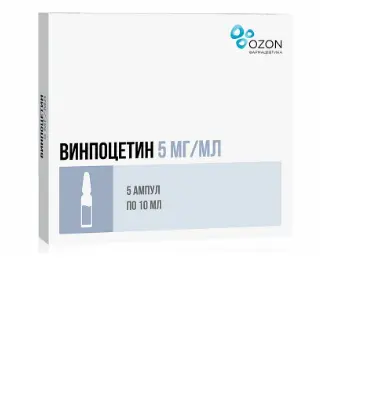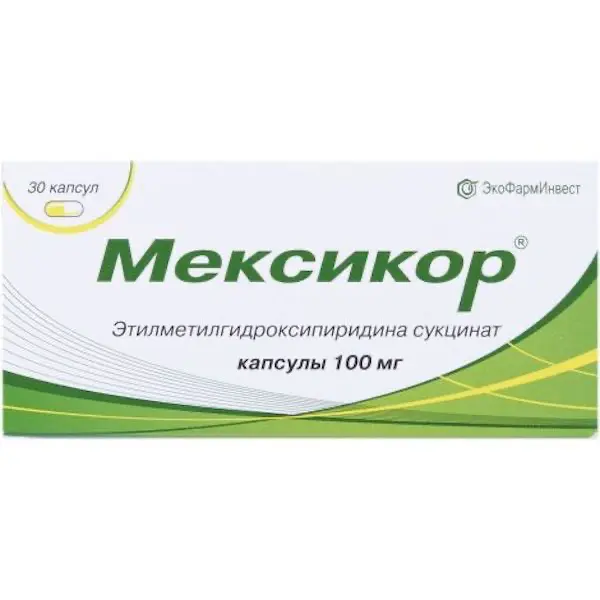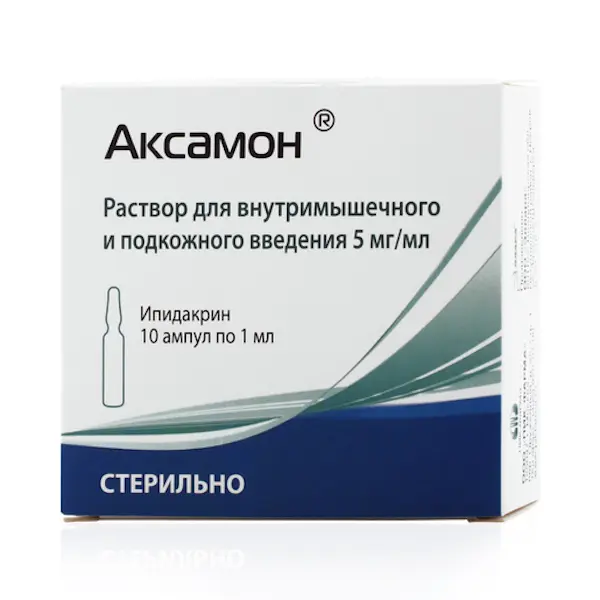Description
Vinpocetine Pharmacodynamics
The mechanism of action of vinpocetine consists of several elements: it improves the cerebral blood flow and metabolism, has a favorable effect on the rheological properties of the blood.
Neuroprotective effect is realized by reducing the adverse cytotoxic effects of excitatory amino acids. It blocks sodium and calcium channels and NMDA- and AMRA-receptors.
Vinpocetine stimulates metabolism in the brain: it increases glucose and oxygen uptake and uptake.
Increases tolerance to hypoxia; increases transport of glucose, the only source of energy for brain tissue, across the blood-brain barrier; shifts glucose metabolism toward the more energetically beneficial aerobic pathway. Selectively inhibits calcium-calmodulin-dependent-cGMP-phosphodiesterase.
Increases serotonin and noradrenaline metabolism in the brain, stimulates the noradrenergic neurotransmitter system and has an antioxidant effect.
Improves microcirculation in the brain by inhibiting platelet aggregation, decreasing pathologically elevated blood viscosity, increasing red blood cell deformability and inhibiting adenosine reuptake; promotes oxygen transfer to cells by reducing red blood cell affinity for it.
Selectively increases cerebral blood flow by reducing cerebral vascular resistance without significant effect on systemic blood flow (blood pressure (BP), cardiac output, heart rate, total peripheral vascular resistance); does not cause “stealing” effect.
Indications
Neurology: transient ischemic attack, symptomatic therapy of ischemic stroke, vascular vertebrobasilar insufficiency, vascular dementia, atherosclerosis of cerebral vessels, post-traumatic, hypertensive encephalopathy.
Ophthalmology: chronic vascular diseases of the retina and choroid.
Otology: hearing loss of perceptive type, Meniere’s disease, tinnitus, hearing impairment of vascular or toxic (including drug) genesis.
Contraindications
Hypersensitivity to vinpocetine or other components of the drug.
Acute phase of hemorrhagic stroke, severe ischemic heart disease, severe heart rhythm disturbances.
Pregnancy, breastfeeding.
Childhood under 18 years of age (due to the lack of data from clinical trials).
Pregnancy and lactation:
Pregnancy
Vinpocetine penetrates the placenta, but plasma concentrations in the placenta and in the fetus are lower than in the mother. Teratogenic and embryotoxic effects have not been identified. In animal studies, placental bleeding and abortion occurred when high doses were administered (presumably due to increased placental blood flow). It is contraindicated for use during pregnancy.
Breastfeeding
Vinpocetine penetrates into breast milk. According to preclinical studies with radioactively labeled vinpocetine, the concentration in breast milk was 10 times higher than in mother’s blood. In 1 hour, 0.25% of the administered dose penetrates into the milk.
As vinpocetine penetrates into breast milk and there is no experience of its use in children, its use during breast-feeding is contraindicated.
Dosage and administration method
- Intravenously, dropwise (infusion rate should not exceed 80 drops/min).
- The initial daily dose is 20 mg (diluted in 500 mg of 0.9% sodium chloride solution or solutions containing dextrose).
- If tolerated well, the drug dose shall be increased to 1 mg/kg over 3-4 days and treatment shall be continued for 10-14 days.
- After parenteral administration course is completed, switch to oral administration of the drug. The dose should be gradually reduced before withdrawal of the drug.
- No dose adjustment is required in case of renal or hepatic impairment.
- Dosage form concentrate for preparation of infusion solution requires mandatory dilution!
- Infusion solution should be used within 3 hours from the preparation!





